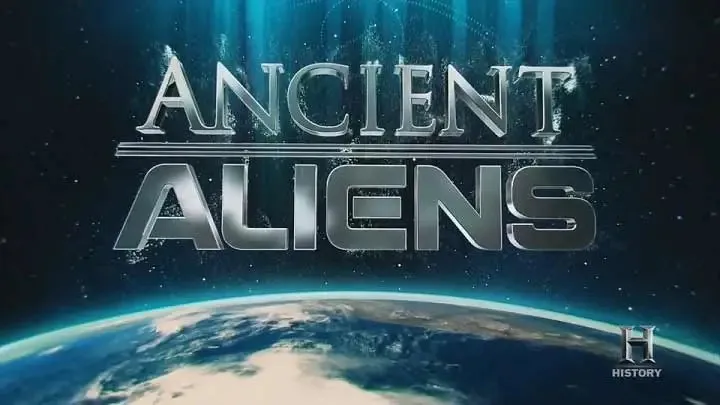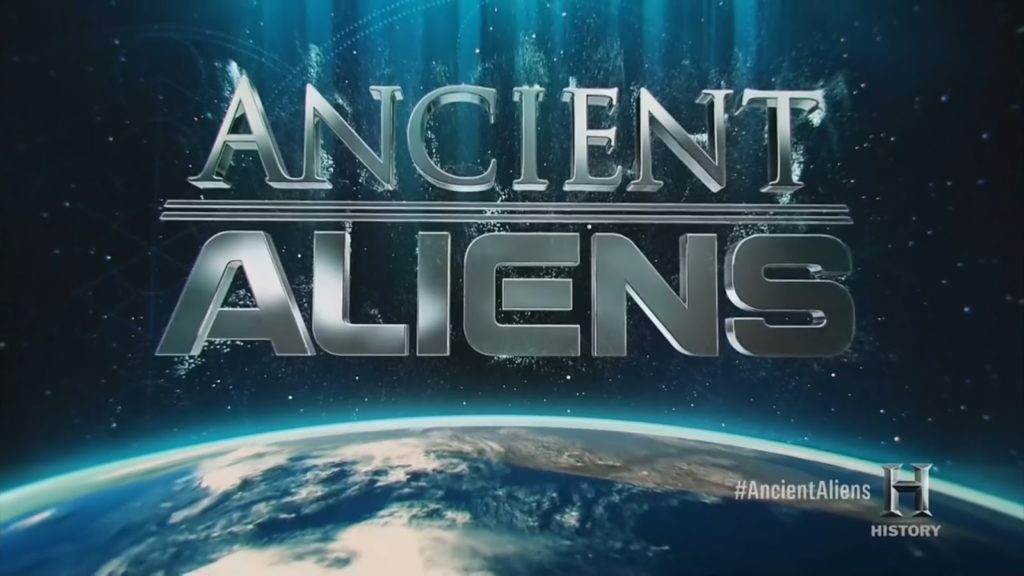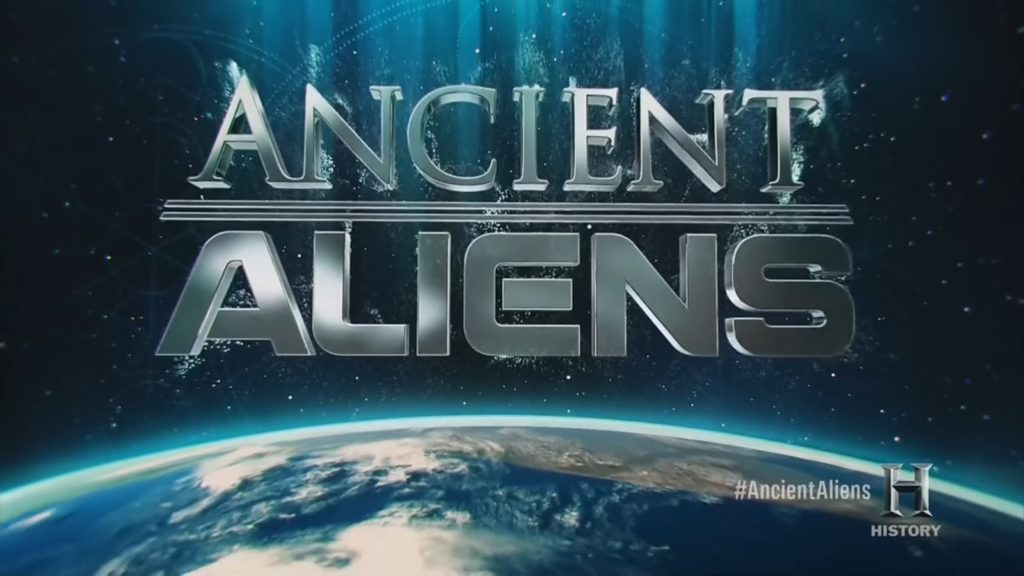Ancient Aliens – The UFO Pioneers: In the 20th century, pioneering scientists, journalists and investigators defied convention and began documenting UFOs. Now, with incredible new UFO accounts coming to light, will their work finally culminate in undeniable proof of extraterrestrial visitation?
Recently, the U.S. military announced a new taskforce to study unknown aerial phenomenon. Is humanity at the dawn of a new reality? One that will involve the disclosure of an alien presence on planet Earth?
Ancient Aliens is an American television series that premiered on April 20, 2010, on the History channel. Produced by Prometheus Entertainment in a documentary style, the program presents hypotheses of ancient astronauts and proposes that historical texts, archaeology, and legends contain evidence of past human-extraterrestrial contact. The show has been widely criticized by historians, cosmologists, archaeologists and other scientific circles for presenting and promoting pseudoscience, pseudohistory and pseudoarcheology.
Ancient Aliens – The UFO Pioneers
Ufology
Ufology is the investigation of unidentified flying objects (UFOs) by people who believe that they may be of extraordinary origins (most famously, extraterrestrial alien visitors). While there are instances of government, private, and fringe science investigations of UFOs, ufology is regarded by skeptics and science educators as a canonical example of pseudoscience.
Ufology is a neologism derived from UFO (a term apparently coined by Edward J. Ruppelt), and is derived from appending the acronym UFO with the suffix -logy (from the Ancient Greek λογία (logiā)). Early uses of ufology include an article in Fantastic Universe (1957) and a 1958 presentation for the UFO “research organization” The Planetary Center.
The roots of ufology include the “mystery airships” of the late 1890s, the “foo fighters” reported by Allied airmen during World War II, the “ghost fliers” of Europe and North America during the 1930s, the “ghost rockets” of Scandinavia (mostly Sweden) in 1946, and the Kenneth Arnold “flying saucer” sighting of 1947. Media attention to the Arnold sighting helped publicize the concept of flying saucers.
Publicity of UFOs increased after World War II, coinciding with the escalation of the Cold War and strategic concerns related to the development and detection (e.g., the Ground Observer Corps) of advanced Soviet aircraft. Official, government-sponsored activities in the United States related to ufology ended in the late 1960s following the Condon Committee report and the termination of Project Blue Book. Government-sponsored, UFO-related activiites in other countries, including the United Kingdom, Canada, Denmark, Italy, and Sweden also ended. An exception to this trend is France, which maintains the GEIPAN program, formerly known as GEPAN (1977–1988) and SEPRA (1988–2004), operated by the French Space Agency CNES.




